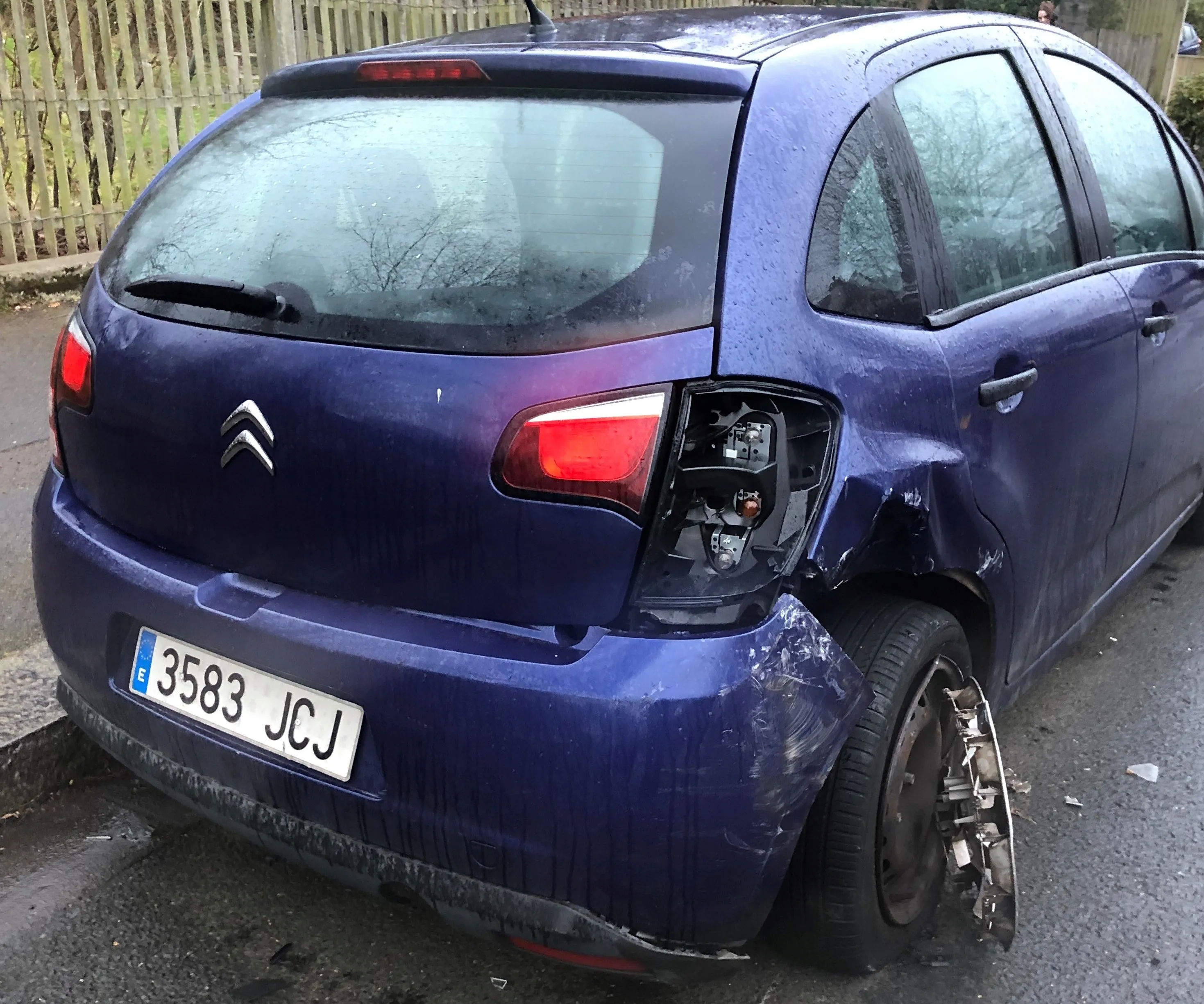Drink drive enforcement still has issues in Europe, according to Pan-European police body
For England, Wales and Northern Ireland the limit for driving is still 80mg (0.8) of alcohol/100ml of blood. Scotland reduced its limit to 50mg (0.5) of alcohol/100ml of blood in December 2014, bringing it into line with most other European countries.
Crash data shows that for every six drivers who die in the UK driving under the influence (DUI) of alcohol, one driver dies having drunk alcohol, but not above the 0.8 DUI limit. The situation with drink driving limits and the effects of different types of alcohol on the body when driving, may be confusing for drivers. TISPOL suggests that drivers should not drink at all when driving. There are also emerging concerns of drug and alcohol addictions among drivers and the increase of women drivers and alcohol.
In a recent poll it was stated that a staggering amount of only 3% of drivers in Great Britain actually knew what the limit was, let alone what amounts they could drink and stay within the drink driving limit. The data in Scotland since the reduction shows a marked reduction in drinking and driving.
Unfortunately there is a 'patchwork' of alcohol limits across Europe. The majority of EU countries use the 0.5 limit, but countries such as Sweden have a 20mg (0.20) of alcohol/100ml of blood (effectively a zero limit) for novice and professional drivers. It was stated that unless the 0.8 limit is reduced in line with other European countries, 25 persons will die and 100 will be seriously injured each year in England because of this.
In the UK, rehabilitation courses for repeat drink drivers has proved successful. Fifteen European countries have introduced alcolocks and there is an EU driving licence code number 69 that shows if a driver is subject to an alcolock in a vehicle.
The EU is looking to direct that all future new vehicles will be fitted with alcolock technology. ETSC recommends a reinforcement of drink drive limits in all countries across Europe to save lives and serious injuries. Unless further measures are taken, reductions in crash casualties could flatline in Europe and this could be made worse by cuts in resources for police enforcement measures.
Data from the Nordic countries shows that tough penalties and enforcement do help cut the crash rate. In Sweden approximately 25% of road deaths are caused by drinking and driving, with the rate gradually declining. However there is cause for concern as the numbers of people getting behind the wheel while under the influence of drugs appears to be on the increase. There are frequent random checks by police on the road while there has been a strong political will for driver education and for the use of alcohol interlock systems for a number of years. Alcolocks are used in 95% of buses in Sweden, while alcolock programmes for repeat offenders are under certain conditions and the costs must be borne by the offender.
Norway was the first county in the world to introduce a drink drive limit in 1936. It was then 0.5. Alcohol is very expensive due to high taxation and only available from State owned monopoly liquor shops, but large quantities are brought in from abroad with tax. In 2014 there were 147 road deaths in Norway but still 22% of road deaths are due to alcohol and 14% to drugs. The Norwegian authorities recognise that alcolock programmes need to be implemented for the highest blood alcohol (BAC) levels and by the start of 2016 all buses will be fitted with alcolocks. In Finland alcolocks have been in use for 10 years, while 20% of road deaths and 10% of serious injuries are caused by DUI.
Drink driving concern for Europe
Drink drive enforcement still has issues in Europe, according to Pan-European police body TISPOL. It is estimated that 230 (14%) of the 1,713 road deaths in the UK are due to drinking and driving. Meanwhile drink driving is the cause of around 5,000 road deaths in Europe. For England, Wales and Northern Ireland the limit for driving is still 80mg (0.8) of alcohol/100ml of blood. Scotland reduced its limit to 50mg (0.5) of alcohol/100ml of blood in December 2014, bringing it into line with most other Europea
November 24, 2015
Read time: 4 mins






